February brings visibly longer days and the promise of spring. Don't be fooled, though — plenty of snow and freezing temperatures are yet to come to the Rocky Mountains and other chilly regions. On those calm, sunny days, get outside and examine your trees and shrubs. The care you give them now will pay off for years. On stormy days you can scheme and dream indoors, and get your seeds ready for the planting season ahead. It will be here before you know it!
More regional garden guides

Pendleton Design Management
Prune deciduous trees and shrubs now while it's easy to see the branching structure. Remove any dead or diseased branches and any that are crossed. Lightly shape the plant form — only as needed — by cutting one branch at a time with the appropriate tool: loppers, pruners or saw.
Older shrubs may benefit from renewal pruning. Remove one-third of the oldest, thickest stems at ground level. Next year another third can be removed, and so on. Removing the entire stem can eliminate any buildup of scale or borer insect damage, and provide more light to younger, vigorous growth.
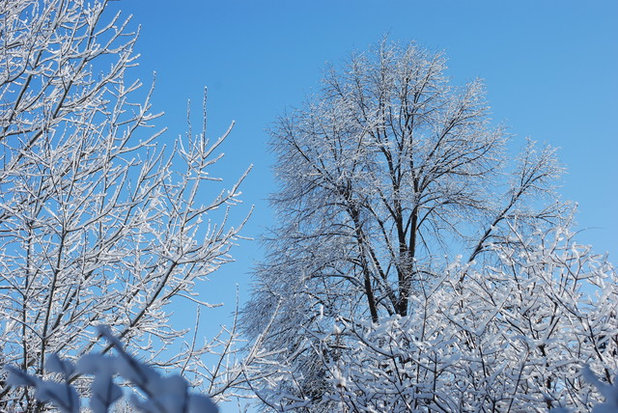
Jocelyn H. Chilvers
Remove tree branches to allow more sunlight into the center of the plant to improve flower and fruit production. You can also use this technique to create a more sculptural tree silhouette or expose and frame a view.
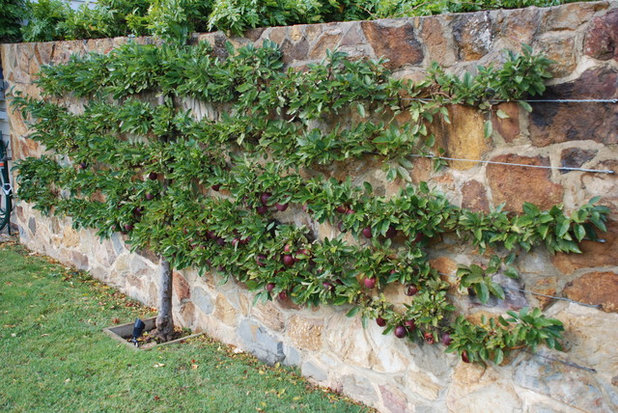
Andrew Renn
Fruit trees and grapevines can be pruned now as well. Make good use of wall surfaces or trellises in small gardens by developing plants into a flat espalier form.
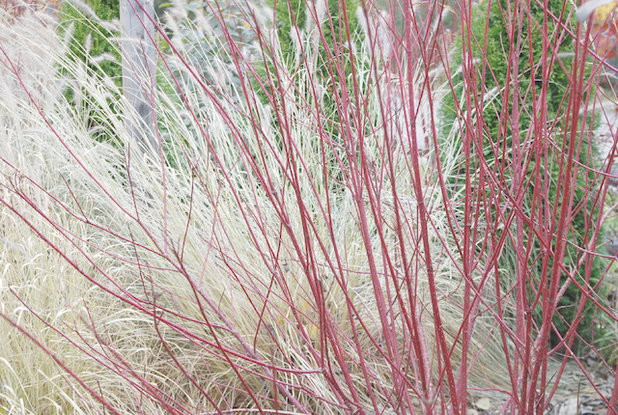
Paintbox Garden
Use a dormant oil spray on trees and shrubs to smother and kill the larvae or eggs of insect pests such as scale, aphids, mites and leaf rollers. Horticultural oil is a refined petroleum product — mineral oil. It's low risk for humans and desirable insect species, making it a treatment option that works well with biological pest controls.
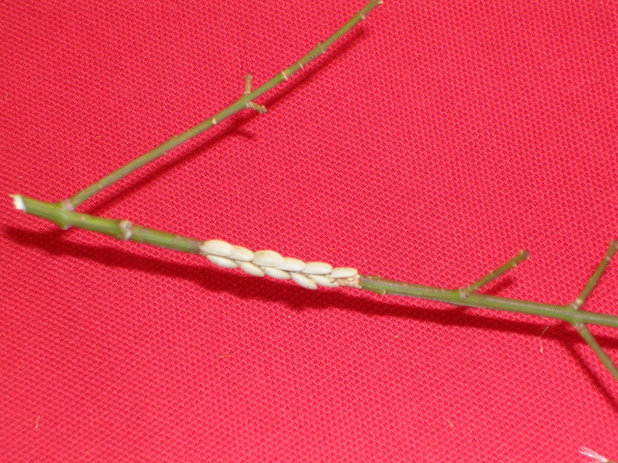
Jocelyn H. Chilvers
Some plants, such as junipers, dwarf Alberta spruces, Japanese maples and redbuds, are sensitive to horticultural oils, so read and follow the manufacturer's label. Don't apply dormant oil when the temperature is below 40 degrees Fahrenheit.
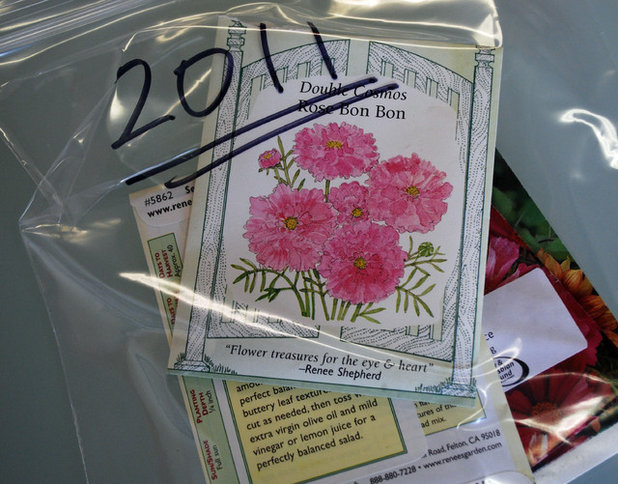
Jocelyn H. Chilvers
Plan for seed season. Your mailbox may be full of seed catalogs now, tempting you with beautiful vegetables and flowers to buy. One of the joys of gardening is trying new things, but if your goal is to plant smart, then the next ideas may be helpful.
Sort through your existing stash of seeds. If they've been stored in dry, cool conditions in an airtight container, they may be fine to use this year.
- Cucumber, lettuce, melon and spinach seeds can last five to six years.
- Seeds for beans, peas, beets, carrots, eggplant, squash and tomatoes may be viable for three to four years.
- The shortest-lived seeds include those for corn, onions, leeks, parsnips and peppers.
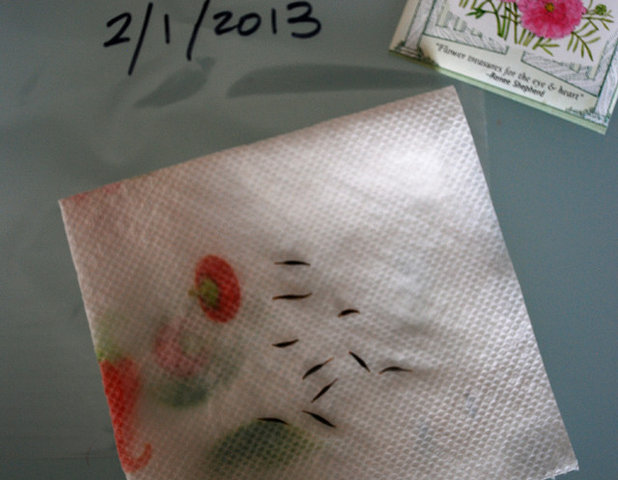
Jocelyn H. Chilvers
Do a germination test to make sure that your old seeds are worth planting.
- Put 10 seeds on a damp paper towel and lightly fold or roll it to enclose the seeds.
- Put the towel and seeds in a plastic sandwich bag that's labeled with the date and the name of the seed variety. Seal the bag.
- Leave it at room temperature for seven to 10 days.
- Count the number of seeds that sprout and assess the germination level:
- 10 = 100 percent; perfect germination
- 9 = excellent
- 8 = good
- 6 or 7 = poor
- 5 or less = throw them out!
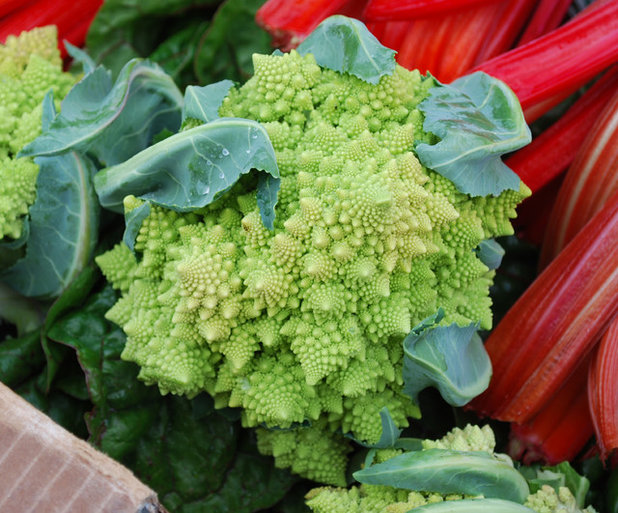
Jocelyn H. Chilvers
Another way to economize on your seed budget is by growing foods that your family likes to eat or that enhance your preferred cuisines. This may sound simplistic, but it's easy to get carried away by beautiful photography and mouthwatering descriptions.
More regional garden guides





